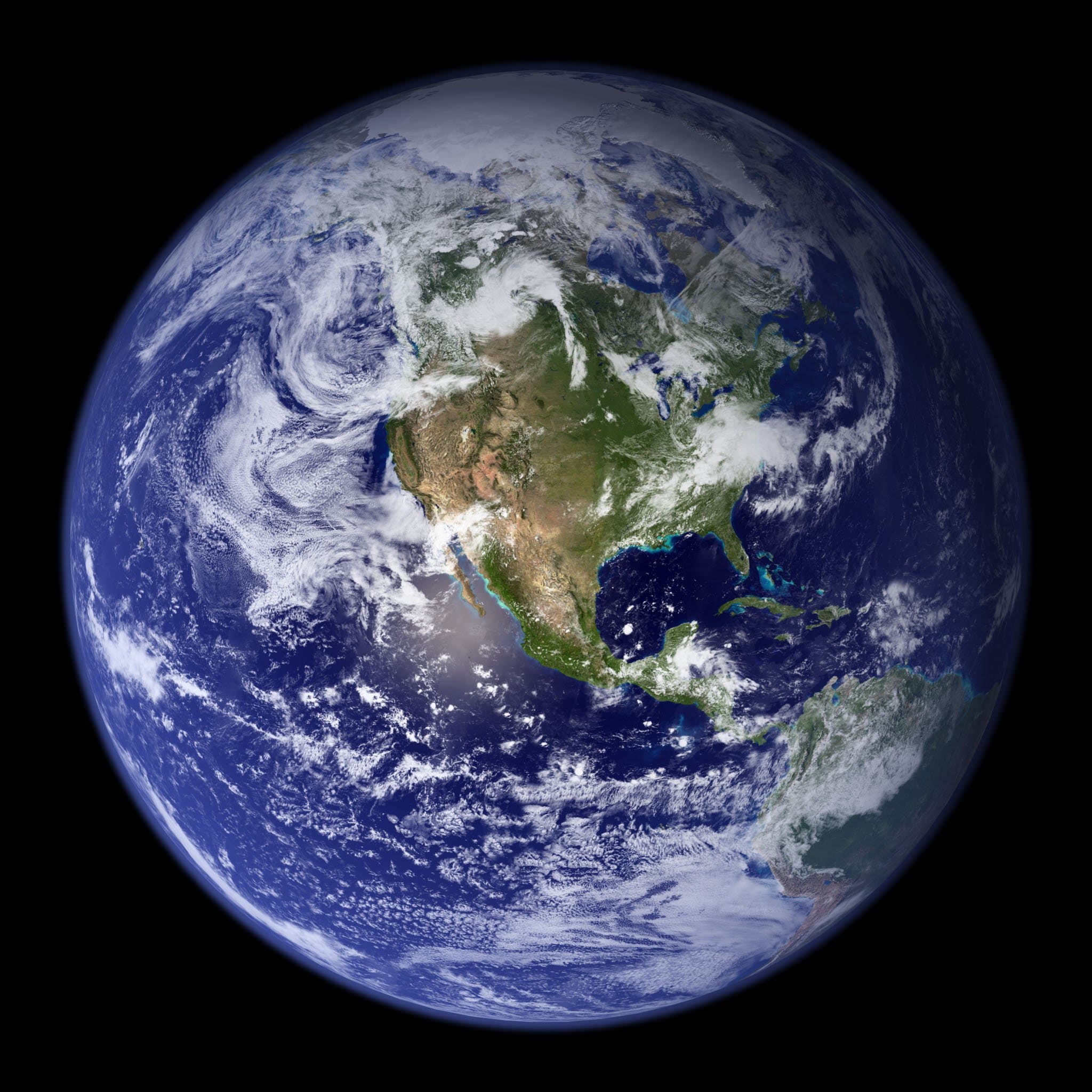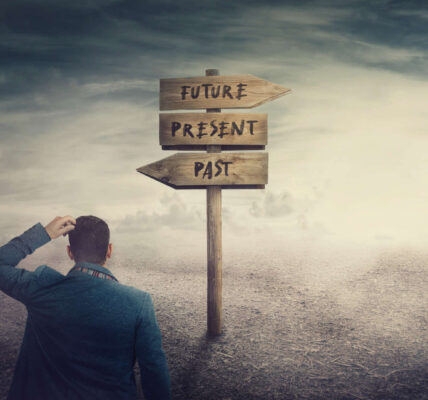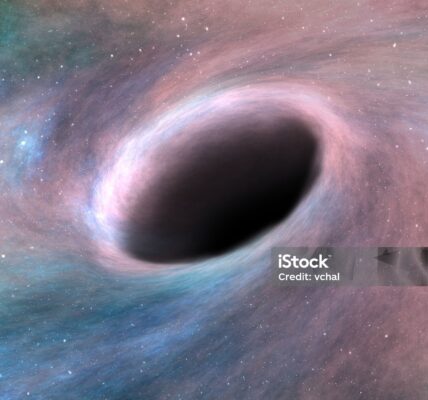“🔥 Urgent Alert: Doomsday Clock Ticks Closer! 🌍 Global Catastrophe Imminent! Act Now or Face the Consequences!”
Title: The Urgent Need for Global Action: A Closer Look at the Doomsday Clock
 In a recent update, the Doomsday Clock remains at a critical 90 seconds to midnight, indicating an unprecedented level of risk for our world. This symbolic clock, maintained by the Bulletin of the Atomic Scientists, serves as a metaphor for the likelihood of a global catastrophe. While the clock hasn’t moved closer to midnight this year, experts warn against seeing this as a sign of stability. The world is in a precarious state, facing threats like war, the climate crisis, and the rapid advance of artificial intelligence (AI).
In a recent update, the Doomsday Clock remains at a critical 90 seconds to midnight, indicating an unprecedented level of risk for our world. This symbolic clock, maintained by the Bulletin of the Atomic Scientists, serves as a metaphor for the likelihood of a global catastrophe. While the clock hasn’t moved closer to midnight this year, experts warn against seeing this as a sign of stability. The world is in a precarious state, facing threats like war, the climate crisis, and the rapid advance of artificial intelligence (AI).
Rachel Bronson, the president of the Bulletin, emphasizes the urgency of the situation, stating that resetting the clock is not an indication of stability but quite the opposite. Governments and communities worldwide must act promptly to address these challenges. The younger generations leading the charge have inspired the board, and it is high time for everyone to join hands in creating a safer future.
One major concern highlighted by the board is the ongoing war in Ukraine and the escalating conflict in the Middle East. These geopolitical tensions contribute significantly to the global risk level. The threat of nuclear escalation is heightened by the widespread reliance on nuclear weapons and the significant investments made by major powers like China, Russia, and the United States to expand or modernize their nuclear arsenals.
Governor Jerry Brown, executive chair of the Bulletin, draws a stark comparison between world leaders and the crew of the Titanic, steering us towards catastrophe. He emphasizes the need for cooperation among major powers to address critical issues like nuclear threats, carbon emissions, dangerous pathogens, and AI. The fate of humanity, he suggests, lies in the hands of these influential nations.
 The decision to set the clock at 90 seconds in 2023 was influenced by the mounting dangers of the war in Ukraine, with Russia’s thinly veiled threats of nuclear weapon use adding a terrible risk of conflict escalation. The focus on nuclear capabilities by countries like China, North Korea, Iran, and India only adds to the global concerns. The decision-making process also considered the climate crisis, with 2023 being the hottest year on record and numerous climate-related disasters affecting millions worldwide.
The decision to set the clock at 90 seconds in 2023 was influenced by the mounting dangers of the war in Ukraine, with Russia’s thinly veiled threats of nuclear weapon use adding a terrible risk of conflict escalation. The focus on nuclear capabilities by countries like China, North Korea, Iran, and India only adds to the global concerns. The decision-making process also considered the climate crisis, with 2023 being the hottest year on record and numerous climate-related disasters affecting millions worldwide.
The board further underscores the worrisome developments in the life sciences and the rapid advance of AI. Governments, they argue, are making feeble attempts to control these technological advancements. The potential consequences of unchecked developments in these areas could be dire, and the need for responsible governance is more critical than ever.
The Doomsday Clock was created in 1947 by experts who had worked on the Manhattan Project, aiming to provide a simple yet powerful representation of the danger posed by nuclear Armageddon. Over the years, it has evolved to consider a broader range of existential threats, reflecting the changing landscape of global risks.
In 2020, the clock’s hands moved forward by 10 seconds due to the simultaneous dangers of nuclear war and climate change. Since then, it has remained at 100 seconds to midnight until the recent shift to 90 seconds. The board emphasizes that the decision to adjust the clock is not a decision made lightly; rather, it is a reflection of the current global risks that demand immediate attention.
To address these challenges, global cooperation is paramount. The Doomsday Clock serves as a call to action for governments, communities, and individuals worldwide to take meaningful steps towards creating a more stable and secure future. The urgency of the situation cannot be overstated, and the responsibility falls on all of us to work together to avert a potential global catastrophe. It’s time for decisive action to ensure the well-being and safety of our planet and future generations.




